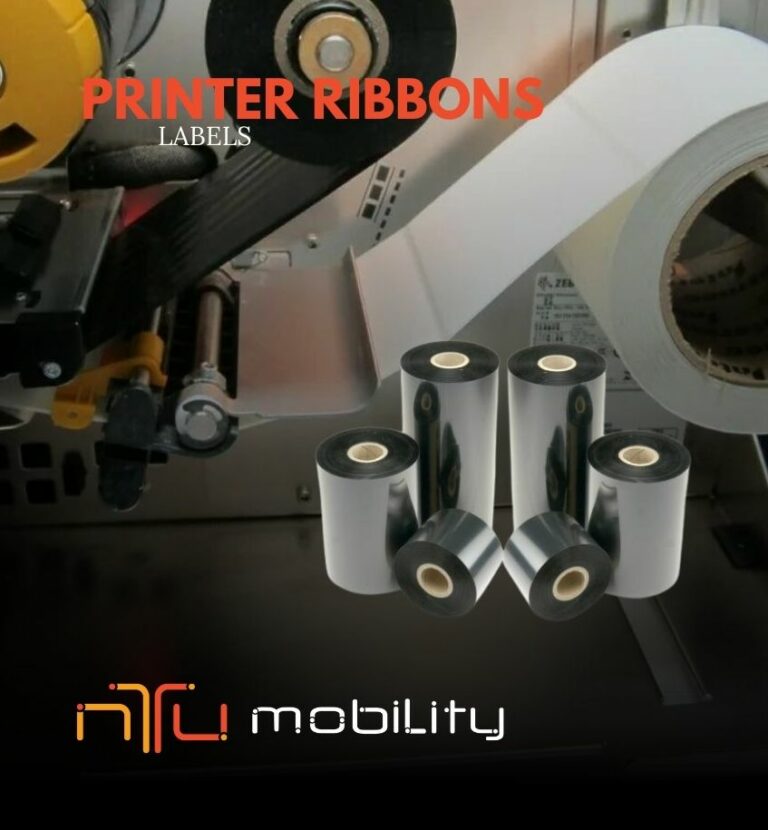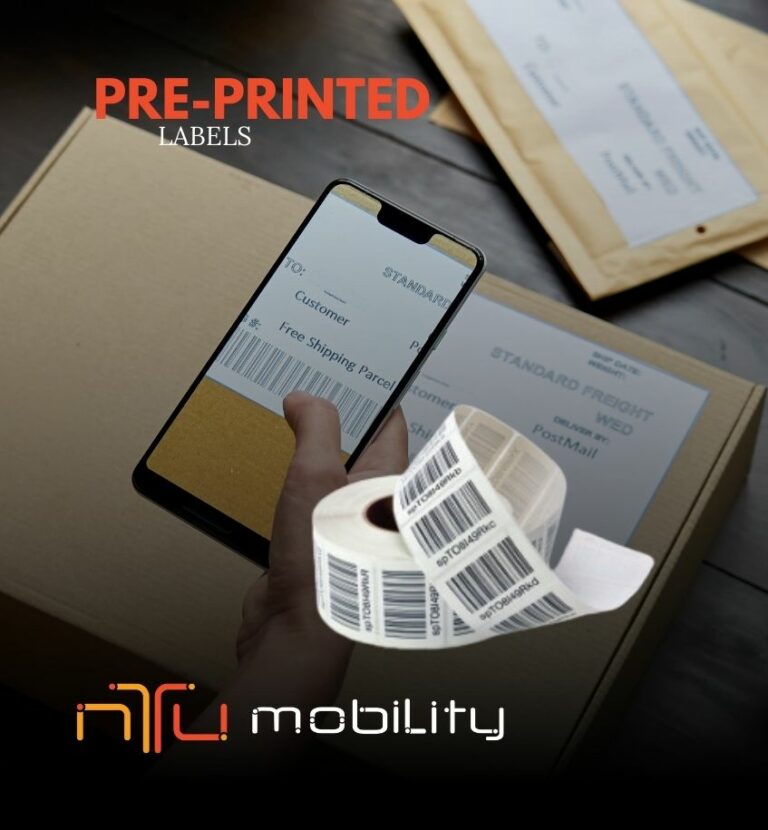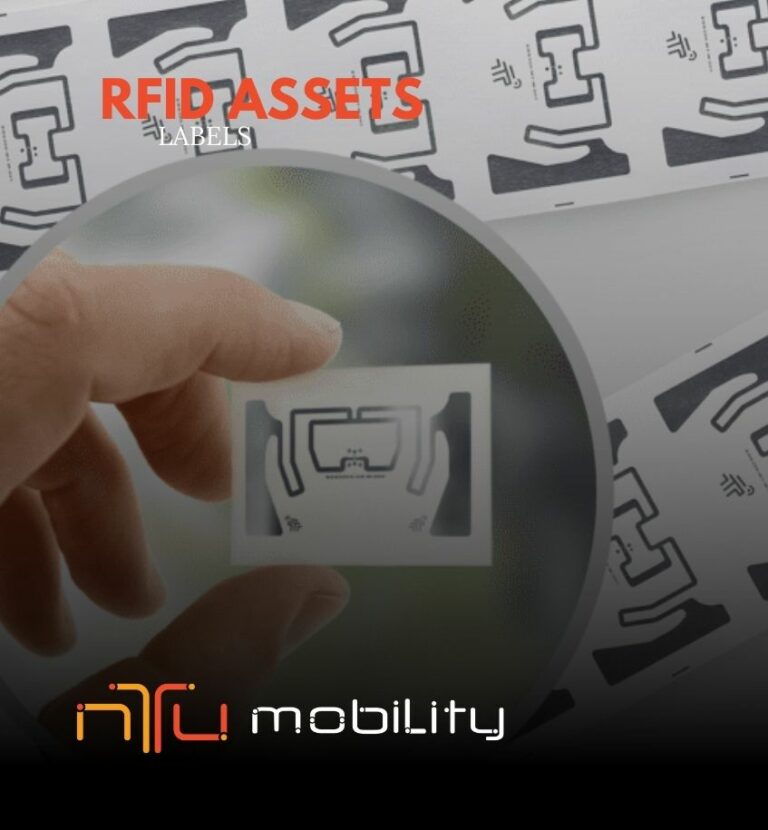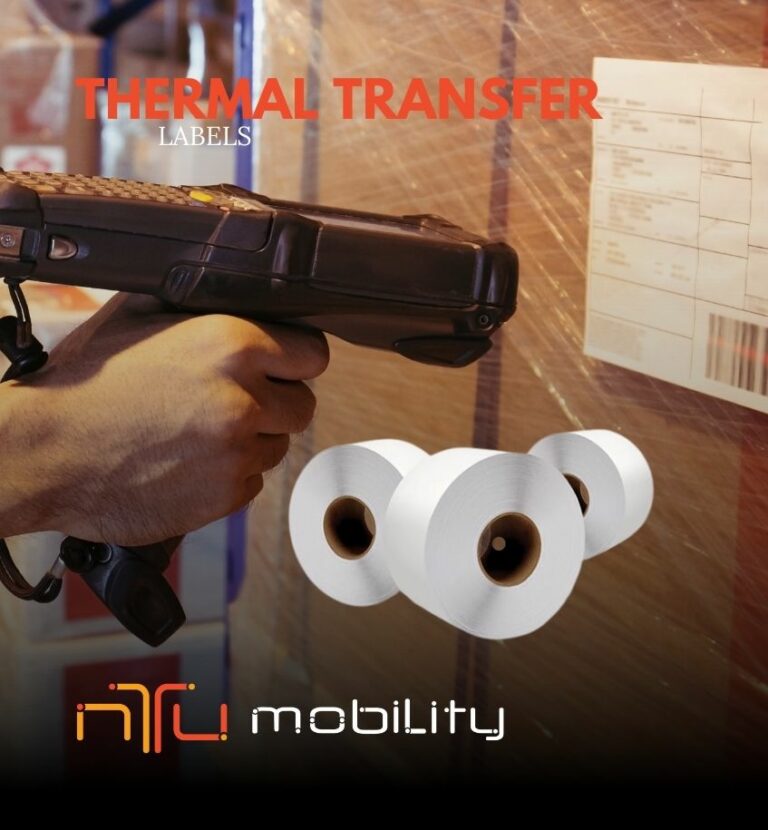It’s always wonderful when a company can start an enterprise mobility project from the beginning, and have foresight and guidance on how to build a mobility shopping list, find the solutions, and properly engage the resources that need to be engaged — culminating in a successful mobility project launch and integration that improves business, business process , employee efficiencies, profitability, and customer satisfaction. However not all projects get to this point.
Enterprise mobility solution washed up
It happens. An organization takes steps to to find and implement a solution, and it goes quite differently than they planned.
Many companies I have spoken to over the years have ended up here. “We started a project, and we got down the road, and now we’re in the weeds — and we’ve learned to adapt to being in the weeds. We never finished the project. We’re still stuck where we were five or six years ago. We never migrated. We never made a change.”
At some point, every company has a project that ends up in this category — ultimately leading to company’s growing and understanding what needs to be done differently in the future to avoid failure.
The causes of stagnation
They have spent money. They have spent the time of employees and solutions providers. And now it’s all a loss. The company never got to improve their business. They never got an improved mobile solution for their workers and for their business process. The customer experience didn’t improve, and increased profits and decreases in overhead costs we never achieved.
They got a bill, and that was it. In many cases, not much else came out of it.
Failure — and then fear
This failure potentially creates a fear, and I have come across this many times with companies in the course of my years doing this. They fear that “Nobody can help us. We’re stuck. What we’re using now is so unique that nobody can do it for us.”
Organizations that have had a failure or fractured success with an enterprise mobility project may react with alienation, and essentially put themselves out on an island, shooting at any potential solution that approaches to help get them off that island, out of fear of what happened in the past.
They have gone into a “horse and buggy mode.” It’s one way of getting around, but most people in today’s world wouldn’t find it acceptable. They are so fearful of spending time, energy, and money again to potentially get nowhere that they do very little or nothing at all.
So how do companies get to a place where an organization can help them?
How do they take steps toward where they can see some hope and opportunity for their organization to have a mobile solution that will work — and get past the failure or the current disruption to their business?
Should they throw the baby out with the bathwater, and say alright, let’s just gut everything and start anew? Do they just squint their eyes really tight, and hope that what they see is better than the reality of what it really is?
The best alternative is to take a step back, have the a current situation assessed, and get feedback on what it would take to get their organization to their desired end goal.
Locating the pitfalls of an enterprise mobility project
Maybe they have selected a software provider or a hardware solution based on reference or their own due diligence. They got part of the way down the path, but came to a roadblock they didn’t foresee in their “solution quest.” Sometimes companies only ask the questions they want answers to — but those are not all the questions that need to be asked.
Perhaps they didn’t understand all the implications to the backend system. Now an obstacle has come up that they didn’t foresee, and it means the solution must be redesigned, redeveloped, or enhanced. It might be that they didn’t understand the impact to the business process in integrating live inventory. The business process must be changed to fit the inventory solution.
Or maybe the telematics solution doesn’t integrate with their routing and scheduling solution — so they know where their vehicles are, and they know the route and scheduling information, but they have two separate systems. In an attempt to enhance the mobility solution, they created more confusion and more work. They have flushed their money down the toilet. Now they’re stuck — and perhaps now it’s a financial issue.
A Particular Case
One company I dealt with hired a consultant to consult on things that were not their expertise. They hired an operations consultant to do operations consulting and enterprise mobility consulting. This led to elongated lead times in getting processes in place, solutions reviewed, etc. They wasted four months of their time and money before realizing this was not the correct consultant for mobility.
Success finally came through stepping back, re-evaluating, and making the necessary changes to the plan before forging ahead. They didn’t throw the baby out with the bathwater. They successfully re-established their center point, understood the changes that were now required, and re-calibrated their route.
Coordinating change
The problem is that a new solution may take many months — and in some cases it can take years. The longer it takes, the more difficult it is to arrive at the solution as it was scoped out. Technology changes. Your business changes. The amount of business you have changes. The way you do business changes. So much changes that either the project is completed with an outdated scope — or hasty decisions cripple the project, and ultimately everything is thrown away.
But if the project is handled appropriately as it goes through its stages — and adjusted according to these interconnected changes — you can still get where you’re going 12 or 24 months later. You just need to make sure as an organization that you are allowing yourself to be guided down the correct path.
How to avoid common traps
One common problem is software and a project’s scope. Let’s say you agree to a project that should take five or six months. Some things happen, and it gets pushed back a month. Then another month. And then you need to make changes based on business direction or further evaluation of the entire process.
But these changes are beyond the scope. Now the scope has to be re-written. There’s a potential cost for that, and an increased cost for the deliverable. This is not so bad if it happens once or twice — but if it’s continual, there is something wrong with your plan for developing phases of that project. You have to either re-evaluate, or wind up on a “fluid billing system” with your software company, paying for endless revisions of the scope and hemorrhaging money.
If you get into a taxi New York City and tell the driver where you want to go, but he has no idea where that’s at, would you allow him to drive you around for hours with the meter running until he potentially and hopefully finds the correct end destination? Most of us would stop and get directions.
The same approach can save considerable time and money when you’re trying to find a mobile solution, but don’t really know how to get from where you are to where you want to be.
InTu Mobility can navigate Enterprise Mobility
If you’re lost, InTu Mobility can help you figure out where you’re trying to get to, and how to do it effectively.
- If the examples above sound familiar …
- If you your is company out on an island in fear …
- If you have unsuccessfully tried to steer yourself toward an enterprise mobility solution …
- If you have declared a loss …
- If the process seems overwhelming …
… then having an experienced consulting team evaluate what you’ve done is the best investment you can make in your organization. You will see that you can get off the secluded island, and that you can get where you want to go.
And you will get there with greater understanding and in less time than you otherwise would have.
This is what we do — and it’s why we have the customer base we have.
Get answers.
Arrange a no-obligation onsite or phone conversation with an InTu Mobility advisor who can assess your situation, answer your questions, and point the way forward.










